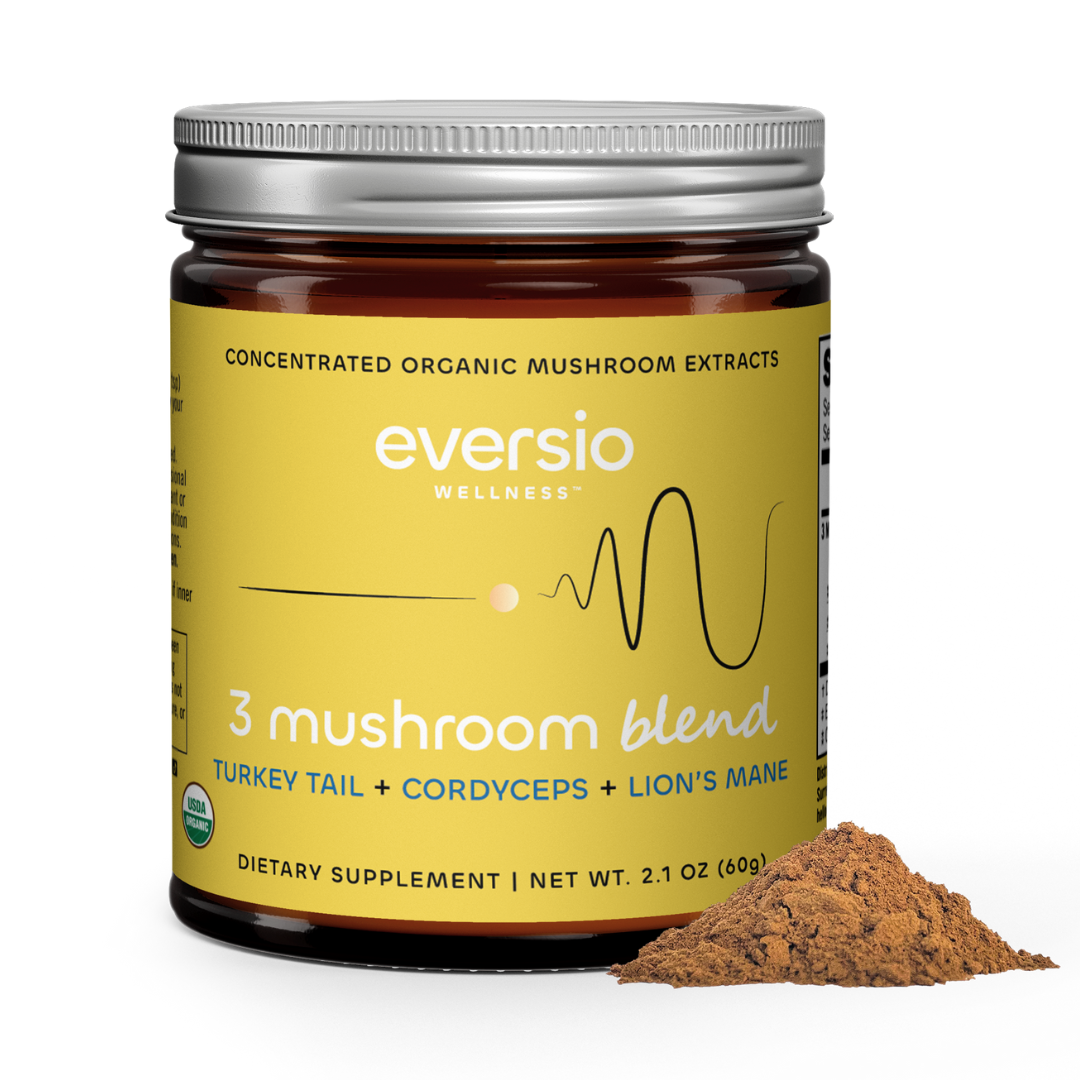Welcome to the fascinating world of fungi, where unusual mushrooms and strange fungi discoveries never cease to amaze. Today, we will guide you through the most bizarre and exotic mushroom varieties from around the globe. Our journey into the weird mushrooms world will unveil mycology oddities that are both peculiar and captivating.
Exotic Mushrooms Ecosystem: A Dive into Diversity
In the diverse exotic mushrooms ecosystem, each species plays a unique role. The uncommon mushrooms guide we provide here will open your eyes to the rare fungi finds and the peculiar environments they thrive in. Mysterious mushrooms nature has much to offer, from alien-like fungi to colourful fungi exploration opportunities.

The Latticed Stinkhorn: A Bizarre Fungi Species
One of the most bizarre fungi species is the Latticed Stinkhorn, known for its intricate lattice structure. This strange mushroom cultivation marvel emits a strong odour to attract insects, aiding spore dispersal. It is a perfect example of unbelievable fungi forms found in nature.
Unique Structure and Appearance
The Latticed Stinkhorn is a marvel in the fungal kingdom due to its unique and complex structure. When it emerges from its 'egg,' a spongy, globe-like structure unfolds into a striking lattice or net-like formation that is distinctly red in colour [1]. This intricate structure distinguishes it from other fungi and plays a crucial role in its spore dispersal mechanism.
Habitat and Distribution
This mushroom is typically found in woody debris and garden mulch, thriving in warm and moist environments. It has been commonly seen across Europe and has also been spotted in North America and other parts of the world, indicating its adaptive nature and wide distribution [1].
The Odour: A Unique Attraction Strategy
One of the most notable characteristics of the Latticed Stinkhorn is its robust and foul odour. This scent is not by accident; it serves a vital ecological purpose. The smell attracts flies and other insects, which is crucial in spreading its spores. As insects land on the mushroom, they pick up the sticky spores and transport them to new locations [1].
Edibility and Caution
While young stages of the Latticed Stinkhorn are considered edible, its mature form is usually not consumed, mainly due to its strong odour. Foragers must be cautious; its initial 'egg' stage can be mistaken for edible puffballs. However, it becomes unmistakable once it opens up and reveals its latticed structure [1].
This in-depth look at the Latticed Stinkhorn mushroom reveals the complexity and beauty of this unusual species. It stands as a testament to the diverse and often bizarre world of fungi, captivating the minds of those who delve into mycology.

The Lion's Mane Mushroom: Fascinating Mushroom Facts
Another weird mushroom foraging find is the Lion's Mane Mushroom. Its long, shaggy spines resemble a lion's mane, making it a unique exotic mycological wonder. This mushroom is a visual treat and is renowned for its functional properties.
Overview and Appearance
The Lion's Mane Mushroom, scientifically known as Hericium erinaceus, is a distinctive fungus notable for its unique appearance and functional properties. Resembling a white, fluffy mane of a lion, this mushroom grows with long, shaggy spines. Typically found in late summer and fall, it thrives on dead or dying hardwood trees, such as oak and walnut, in North America, Europe, and Asia [2].
Nutritional and Functional Benefits
Lion's Mane is not just a visual wonder; it's also prized for its nutritional and health benefits. Rich in antioxidants, it has been used in traditional Chinese medicine for centuries. Recent studies have shown that this mushroom may improve cognitive function, potentially aiding in treating neurodegenerative diseases like Alzheimer's [3]. Additionally, it contains compounds that may stimulate brain cells' growth and improve the hippocampus's functioning, a region of the brain involved in memory and emotional responses [4].
The Art of Spotting Odd Mushrooms
With mushroom identification, weird challenges are what make mushroom hunting exciting. From odd mushroom types like the Bird's Nest Fungi to the bioluminescent glow of the Ghost Mushroom, each find adds to the world's strangest fungi list.

The Bird's Nest Fungi: A Rare Mushrooms Earth Inhabitant
The Bird's Nest Fungi, a peculiar mushroom species, is a captivating subject in the world of mycology. This unique group of fungi is known for its striking resemblance to tiny bird nests complete with eggs [5]. These 'eggs' are spore packets, or peridioles, which are ingeniously designed for spore dispersal. The mechanism involves raindrops hitting the nest-like structure, ejecting the peridioles to new locations. This clever natural design is fascinating and serves as an efficient way for the fungus to propagate in its habitat.
Bird's Nest Fungi are commonly found in deciduous forests, often on decaying wood or leaf litter, indicating their role in the decomposition process in ecosystems [5]. These fungi are tiny, typically measuring less than a centimetre in diameter, making them a wonder to discover for keen-eyed mushroom hunters. The nests' appearance changes throughout the fungi's lifecycle, initially covered with a membrane that disintegrates to reveal the peridioles, thus resembling a nest filled with eggs. This lifecycle and unique dispersal method highlight the intricate relationships and adaptations within the fungi kingdom.

The Ghost Mushroom: A Glowing Phenomenon
The Ghost Mushroom is known for its eerie, nocturnal glow. This unusual fungi phenomena results from bioluminescence, making it a highly sought-after species for unusual mushroom photography.
Habitat and Distribution
The Ghost Mushroom is primarily found in Australia, thriving in woody debris and decaying matter in forests. It is most commonly seen in the cooler months, particularly in regions with damp, temperate climates [6]. This species prefers the shelter of eucalyptus forests, where it can obtain nutrients from decomposing organic material.
Physical Characteristics
Visually, the Ghost Mushroom is distinct with its cap, which can span up to 20 cm in diameter. The cap is usually a pale brown or white colour, with a slightly wavy or curved edge. The most striking feature, however, is its glow - a ghostly green light emanating from the mushroom's gills [6].
Bioluminescence: The Science Behind the Glow
The Ghost Mushroom's bioluminescence is a result of a chemical reaction. This reaction involves a compound called luciferin reacting with oxygen, aided by an enzyme called luciferase. The light produced by this reaction is a byproduct of the mushroom's metabolic processes and is thought to play a role in attracting insects, which can assist in spore dispersal [6].
Ecological Significance and Human Interest
Ecologically, the Ghost Mushroom plays a vital role in forest ecosystems. As a saprotroph, it helps decompose, breaking down dead organic material and recycling nutrients into the soil [6]. For humans, the Ghost Mushroom has become a popular subject for nature enthusiasts and photographers, particularly those interested in capturing its unique luminescent properties.

Devil's Cigar: A Rare Find
The Devil's Cigar, found in select regions, is a testament to the rare mushrooms Earth has hidden in its realms. Its unique unfurling mechanism is a spectacle of the fungi world anomalies. Found primarily in Texas and Japan, this mushroom is known for its unique star-shaped appearance when it opens. The Devil's Cigar is a true spectacle in mycology and a prime example of the diverse and bizarre mushroom shapes.
The Rarity and Geographic Specificity
This mushroom is so rare that it is found in only a few places worldwide, notably in certain parts of Texas, the USA, and remote areas of Japan. The exact reasons for its particular geographic distribution remain a mystery, but it's speculated that specific soil compositions and climatic conditions in these regions might play a role.
Unique Growth and Spore Dispersal
What makes the Devil's Cigar especially fascinating is its growth and spore dispersal mechanism. Initially, it resembles a dark, cigar-shaped object. When it's time to release spores, the fungus splits open with a hissing sound, unfurling to reveal a star-shaped form [7]. This dramatic transformation is not just visually striking but also functional, aiding in the dispersal of spores.
The Sound of Spore Release
The hissing sound accompanying the opening of the Devil's Cigar is a rare phenomenon in the fungal kingdom. This sound is caused by the rapid release of built-up internal pressure as the fungus opens, which helps propel the spores into the air. It's a remarkable evolutionary adaptation that ensures the wide dispersal of spores for reproduction.
Celebrating the World's Weirdest Mushrooms
Our journey through the world's weirdest mushrooms reveals how diverse and extraordinary fungi can be. From unique mushroom hunting experiences to understanding the unique mushroom ecology, these weird mushrooms habitat and species remind us of the endless wonders of nature.
As we continue to explore and document these mycological wonders, we contribute to a greater understanding and appreciation of the fungal kingdom's intricate and mysterious nature. The world of unusual mushrooms is vast and full of surprises, waiting for us to discover and marvel at its oddities.




















Leave a comment
All comments are moderated before being published.
This site is protected by hCaptcha and the hCaptcha Privacy Policy and Terms of Service apply.